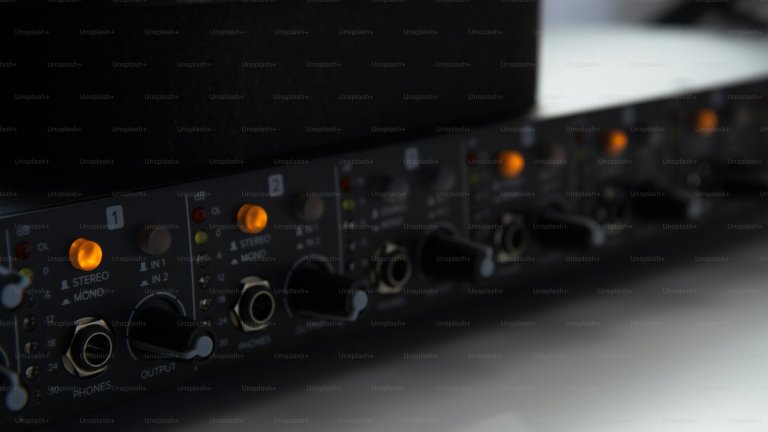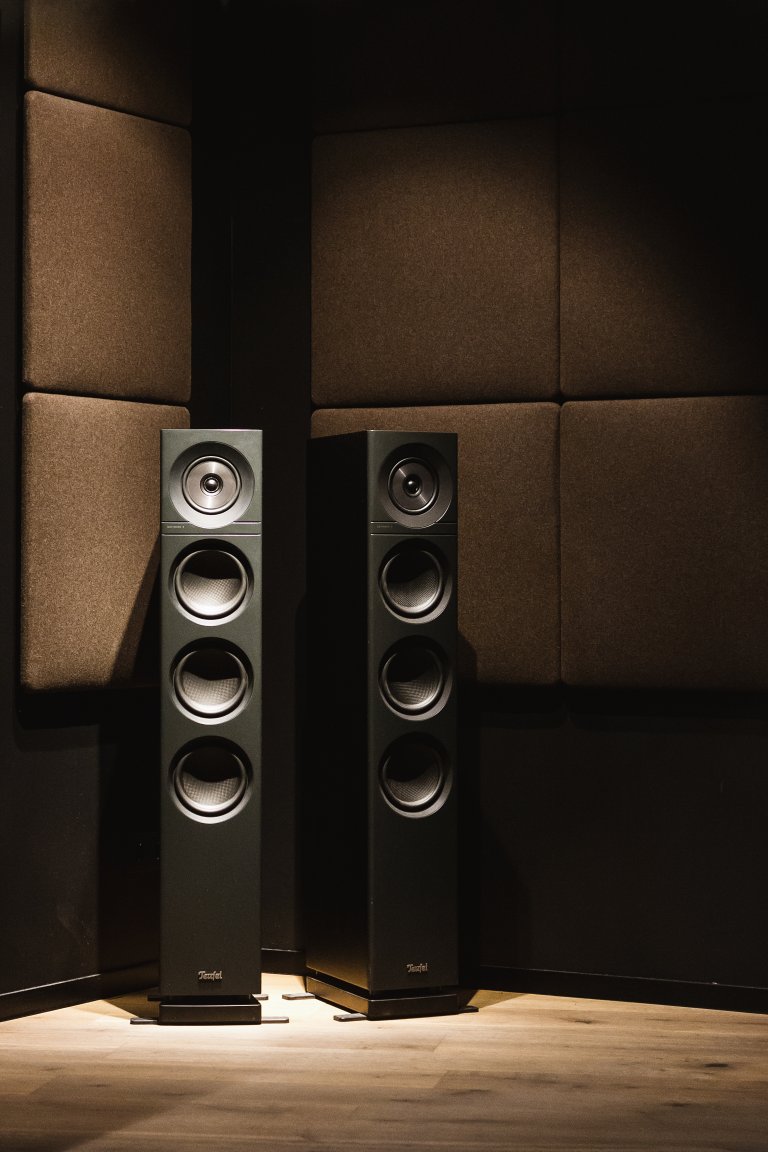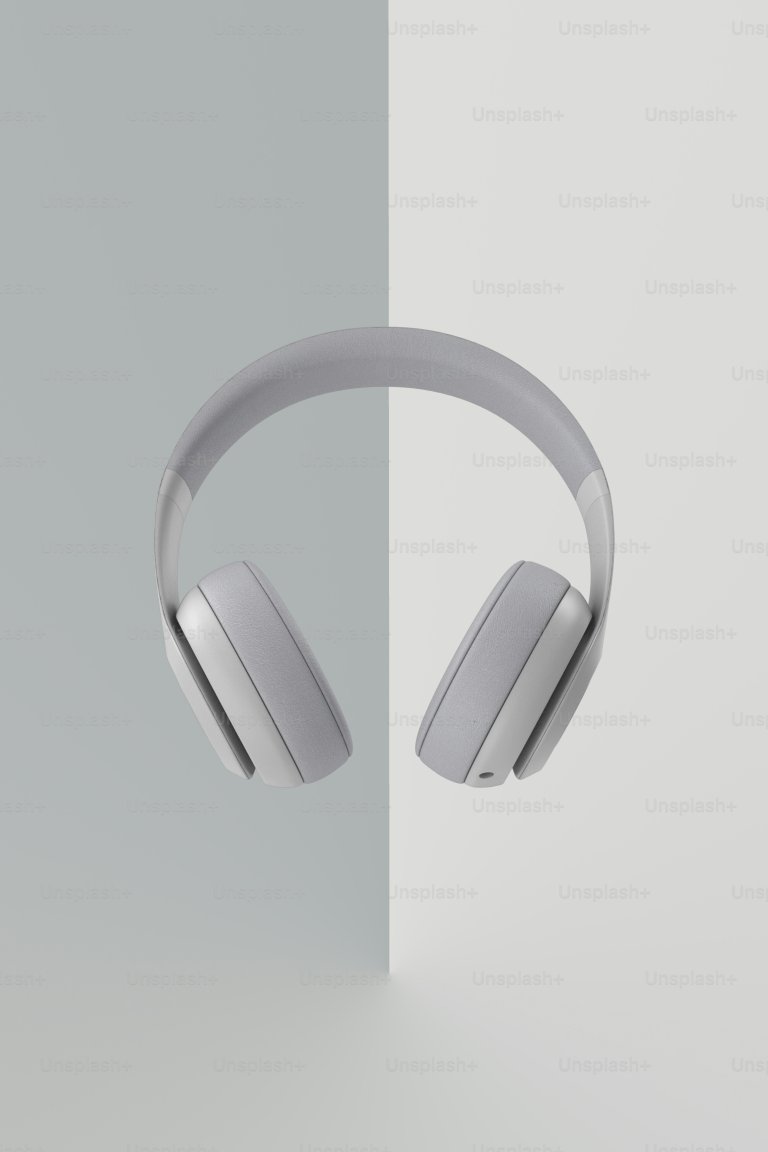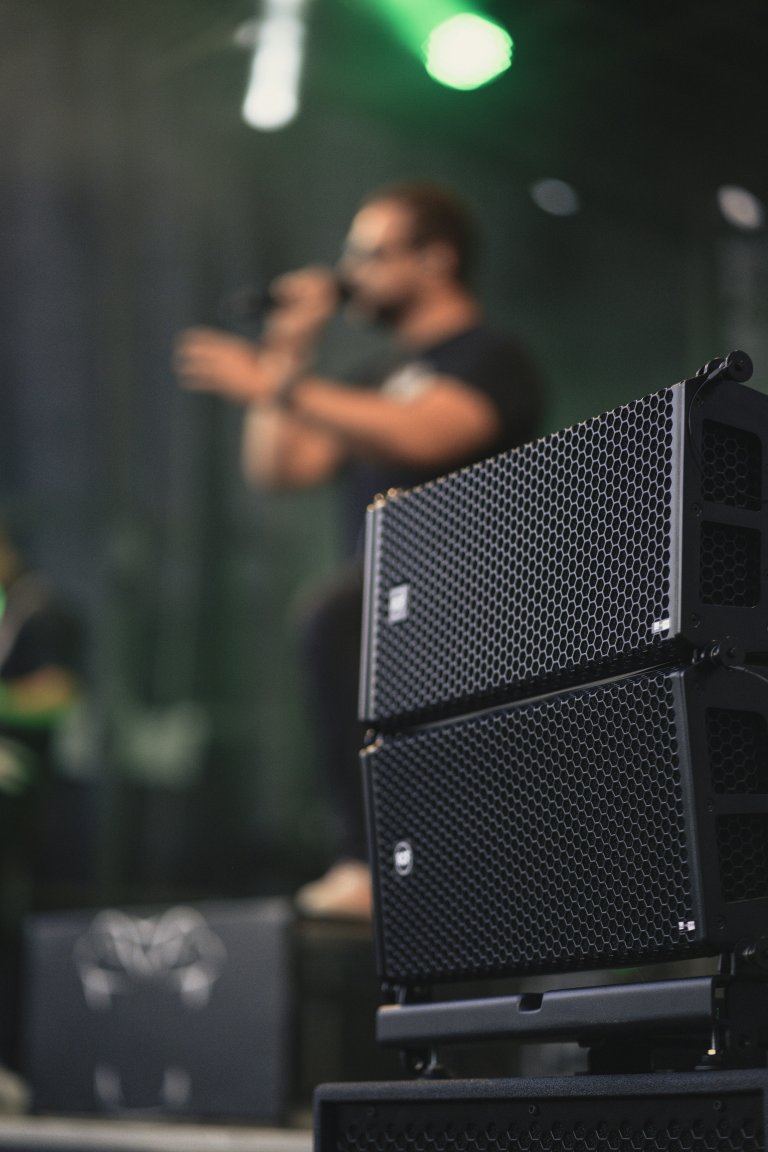The Benefits of Audio to Text Transcription
Transcription is the process of converting audio or video recordings into written text. In the past, transcription was a tedious and time-consuming task that required skilled professionals to listen to recordings and manually type out every word. However, with advancements in technology, audio to text transcription has become much more efficient and accurate. This article will discuss the benefits of audio to text transcription and how it can improve productivity and accessibility.
Improved Efficiency and Accuracy
One of the biggest benefits of using audio to text transcription is the improved efficiency and accuracy it provides. Transcription software uses advanced speech recognition algorithms to automatically transcribe audio recordings into written text. This eliminates the need for hiring transcribers or manually transcribing the audio, saving time and money. Additionally, this technology is constantly improving and becoming more accurate, resulting in more reliable transcriptions.
Increased Productivity
Transcription can be an essential task for many businesses and organizations, but it can also be a time-consuming one. By using audio to text transcription, companies can significantly increase productivity. Employees can focus on other tasks while the software transcribes audio recordings in the background. This can free up time for important tasks and improve overall efficiency in the workplace.
Improved Accessibility
Audio to text transcription also greatly improves accessibility for those with hearing impairments. By providing written transcripts of audio recordings, individuals who are unable to hear or have difficulty understanding speech can still access the information. This is especially important in educational settings, where students with hearing impairments may struggle to understand lectures or presentations.
Greater Data Storage and Retrieval
Audio and video recordings can take up a significant amount of storage space, especially in large organizations. By transcribing these recordings into text, the data becomes more condensed and easier to store and retrieve. This is particularly useful for companies or organizations with large volumes of recordings, such as market research firms or legal firms.
Improved Searchability
Transcribed text is also much more searchable than audio or video recordings. Using keywords or phrases, individuals can quickly find the information they are looking for within the transcription. This is especially useful in legal or business settings, where large volumes of recordings may need to be searched for specific information.
Facilitates Foreign Language Communication
Audio to text transcription also makes it easier to communicate with individuals who speak different languages. Transcription software can translate the text into different languages, making it easier to communicate with non-native speakers. This can be particularly helpful in global organizations or when conducting business with international clients.
Cost-Effective
Using audio to text transcription is a cost-effective solution for transcription needs. As mentioned, it eliminates the need to hire transcribers or manually transcribe recordings, saving both time and money. Additionally, many transcription software options offer affordable pricing plans, making it accessible for small businesses and organizations.
Conclusion
In today’s fast-paced world, audio to text transcription has become an indispensable tool in various industries. It provides numerous benefits, such as improved efficiency, increased productivity, and improved accessibility. By using this technology, businesses and organizations can save time and money, improve data storage and retrieval, and facilitate communication with non-native speakers. With ongoing advancements in technology and improvements in accuracy, audio to text transcription will continue to play a vital role in improving productivity and accessibility for individuals and businesses alike.







